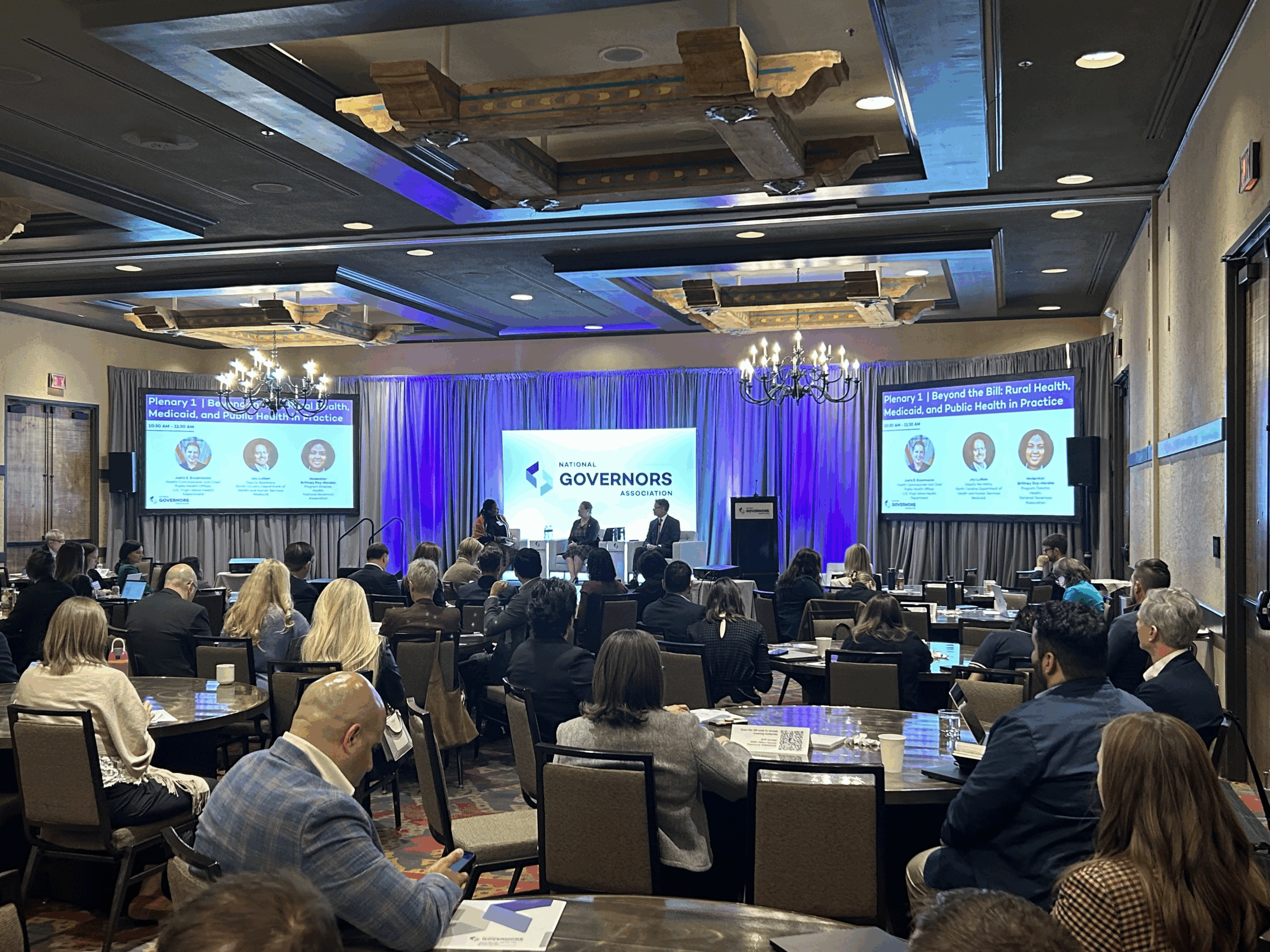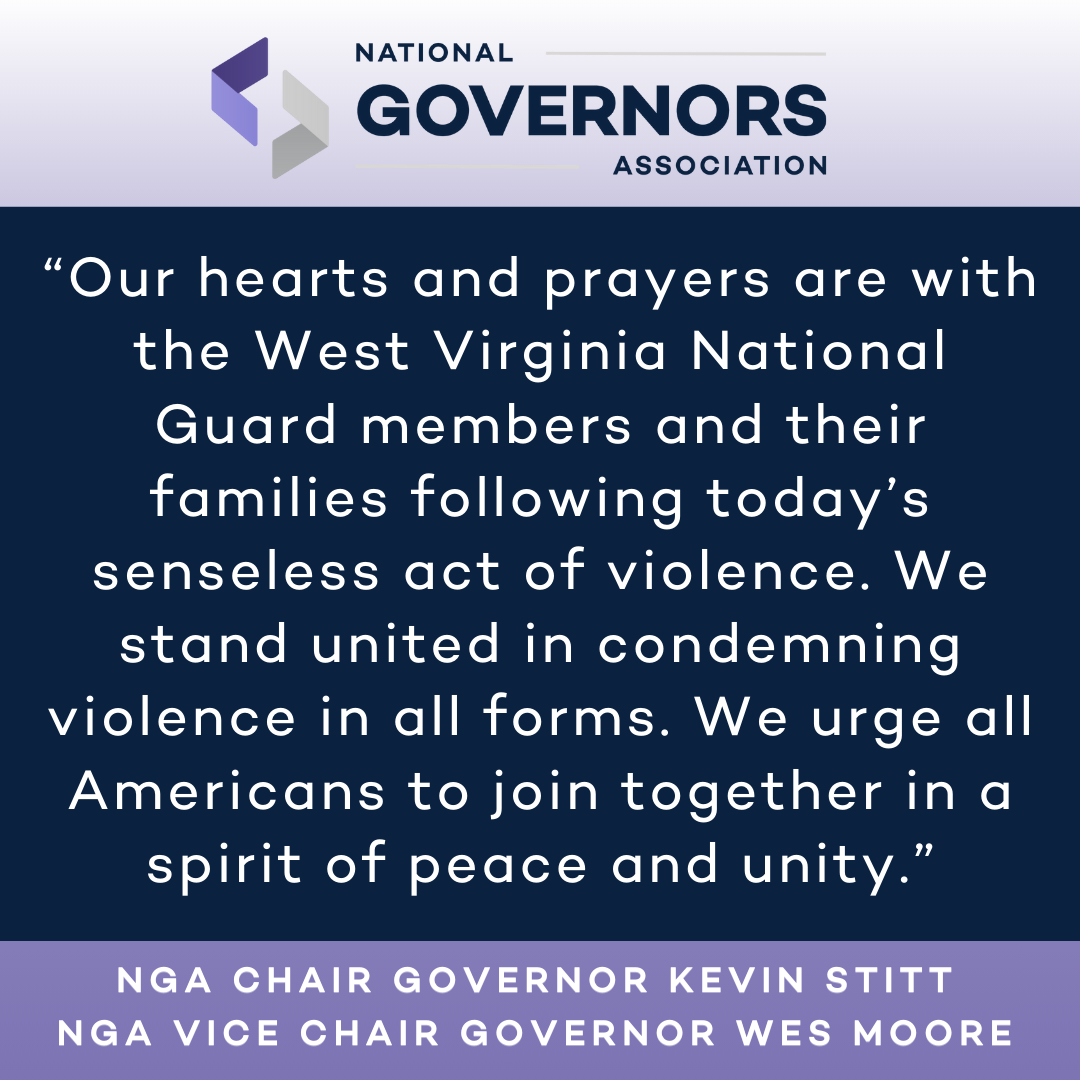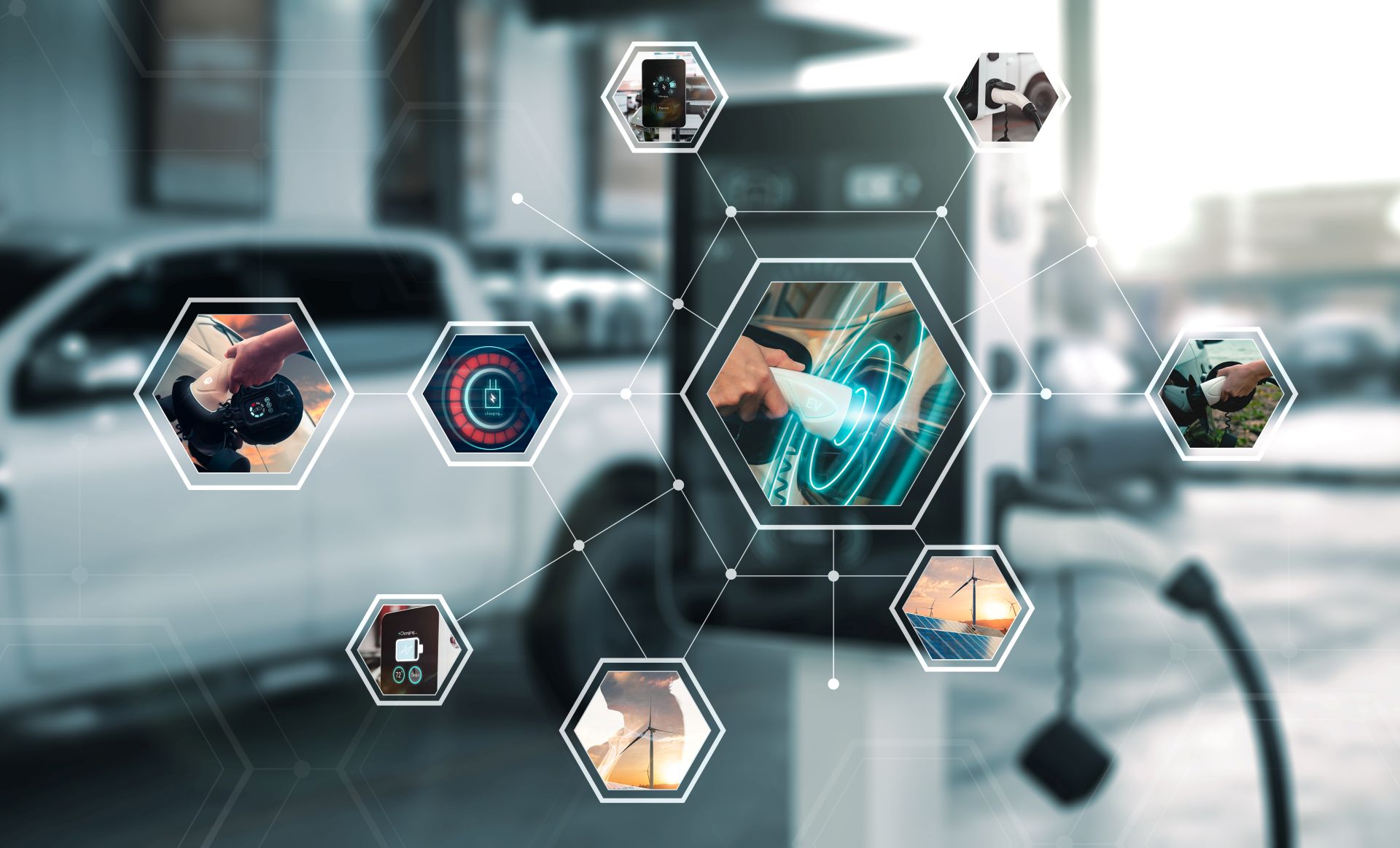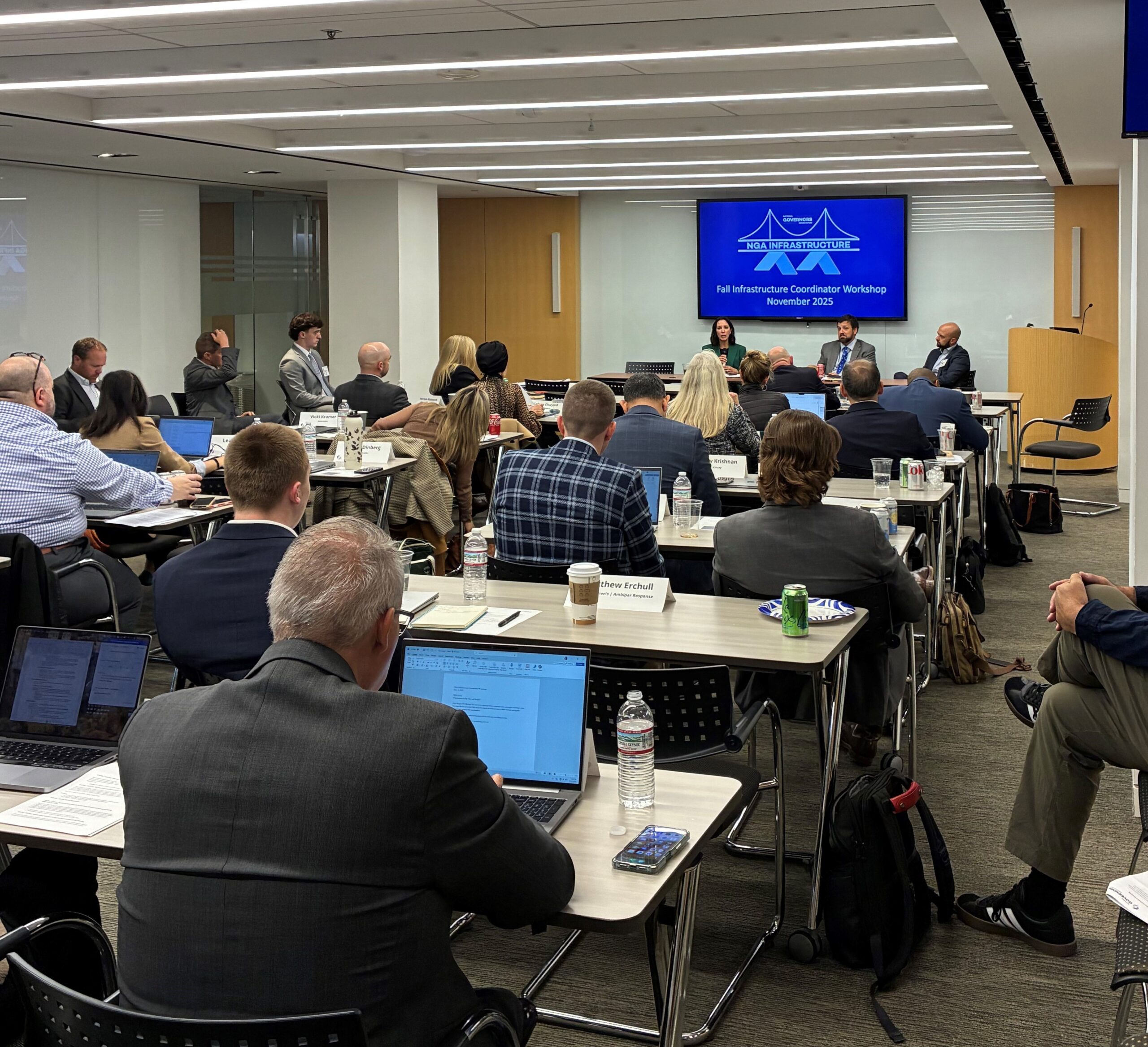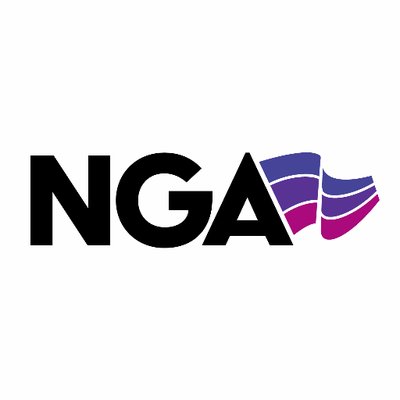The Honorable Paul Ryan
Speaker
United States House of Representatives
1233 Longworth House Office Building
Washington, D.C. 20515
The Honorable Nancy Pelosi
Ranking Member
United States House of Representatives
233 Cannon House Office Building
Washington, D.C. 20515
The Honorable Greg Walden
Chairman
Energy and Commerce Committee
United States House of Representatives
2185 Rayburn House Office Building
Washington D.C. 20515
The Honorable Frank Pallone
Ranking Member
Energy and Commerce Committee
United States House of Representatives
237 Cannon House Office Building
Washington D.C. 20515
Dear Speaker Ryan, Leader Pelosi, Chairman Walden, and Ranking Member Palone:
On behalf of the nation’s governors, legislatures, state transportation officials, state motor vehicle administrators and highway safety officials, we appreciate the efforts made by the House Energy and Commerce Committee to include key stakeholders in developing the appropriate federal framework for the use of autonomous vehicle (AV) technologies on our nation’s roadways. The Committee’s approval of H.R. 3388 on July 27 included some significant and beneficial changes when compared to the initial version approved by the Digital Commerce and Consumer Protection Subcommittee. However, as the House continues to work on legislation related to AVs and toward a potential vote, there remain some areas of concern we wish to highlight. We stand ready to work with you to address these important safety issues.
Expansion of federal preemption
We agree that conformance with Federal Motor Vehicle Safety Standards (FMVSS) is a federal obligation and the function of the FMVSS should remain at the federal level. Traditionally, state laws have been restricted to the operational safety imposed on vehicles after they have been constructed and introduced to public roadways. This interdependence between federal oversight of safety standards in vehicle design and the ability of states to ensure safe vehicle operations will continue to remain essential regarding autonomous vehicles. Unfortunately, the bill currently being considered by the House seeks to significantly expand federal preemption of states by moving beyond the traditional definition of motor vehicle safety to encroach vehicle operation currently under the states’ purview. By expanding federal preemption to incorporate the performance of automated driving systems, on the one hand, Congress would be sending a clear signal that the federal government will take on the role of being the sole regulator of vehicle operations. Yet at the same time, this preemption is seemingly undone only a few lines later when the bill states that, “Nothing in this subsection may be construed to prohibit a State or a political subdivision of a State from maintaining, enforcing, prescribing, or continuing in effect any law or regulation regarding registration, licensing…” We ask the House to make clear and reaffirm the traditional federal and state roles when it comes to vehicle safety standards and safety of vehicle operations.
State and Federal Government Cooperation
Continuous and frequent engagement between the federal government and states through sharing of information is indispensable in order for both entities to best understand the status of a Highly Automated Vehicle. Therefore, if NHTSA were to grant an exemption from a federal motor vehicle safety standard, an immediate notification would be necessary given the potential variety and frequency of changing vehicle capabilities in a diverse fleet, with which state and local officials— including emergency responders and law enforcement—may have to interact.
Finally, given the fundamental roles state agencies play with regard to transportation safety, we request explicit state governmental representation on the proposed Highly Autonomous Vehicle Advisory Council, rather than being grouped as part of “State and local authorities.”.
Fostering the development and deployment of this exciting technology is important to both states and the federal government. However, the implementation of autonomous vehicle policy requires appropriate delineation of state and federal responsibilities and at the same careful and robust state and federal cooperation. We must approach these issues in a pragmatic, thorough and thoughtful manner as safety on our nation’s roadways is too important not to do so. As your partners in this process, please let us know how we can best continue working with you to address the collective concerns of states.
Sincerely,
Scott D. Pattison
Executive Director and CEO
National Governors Association
William T. Pound
Executive Director
National Conference of State Legislatures
Bud Wright
Executive Director
American Association of State Highway and Transportation Officials
Anne Ferro
President & CEO
American Association of Motor Vehicle Administrators
Jonathan Adkins
Executive Director
Governors Highway Safety Association


